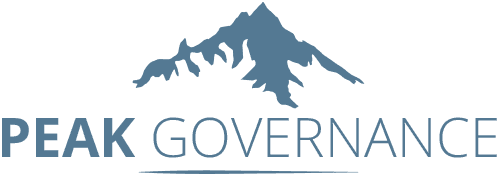The Importance of Maintaining a Documented Risk Register
The Importance of Maintaining a Documented Risk Register for Your Projects
A well-documented risk register is a powerful tool for project management and business operations, helping teams to identify, evaluate, and track potential risks that could impact objectives. Some of the key benefits of maintaining an updated risk register are:
1. Early Risk Identification and Proactive Mitigation
The risk register helps teams spot potential issues before they escalate. By documenting risks early on, project managers can devise proactive strategies to mitigate or prevent risks, reducing the chance of disruptive surprises later in the project life cycle.
2. Improved Decision-Making
With a risk register, decision-makers have clear visibility into potential issues and can make informed choices about resource allocation, project priorities, and timelines. When risks are documented and assessed by severity and likelihood, it becomes easier to prioritize actions that safeguard project success.
3. Enhanced Accountability and Ownership
A risk register assigns ownership for each risk to specific team members, which fosters accountability. When risk responsibilities are documented, it’s clear who will be handling mitigation strategies, driving a more organized and accountable approach to risk management.
4. Streamlined Communication Across Stakeholders
A risk register serves as a single source of truth for all project stakeholders, providing a structured format for communicating risks, mitigation plans, and progress. This promotes transparency, aligns expectations, and ensures that everyone understands the potential challenges and how they’re being managed.
5. Efficient Monitoring and Control
Risks are dynamic; they can evolve and change as the project progresses. A documented risk register allows project managers to consistently monitor and reassess risks, updating mitigation plans as needed. This ongoing process helps teams stay responsive to new threats or changes in risk severity.
6. Facilitates Learning and Continuous Improvement
Past project experiences documented in a risk register serve as valuable insights for future projects. When organizations review and learn from previously identified risks and their outcomes, they build a repository of knowledge that informs better practices and strengthens overall risk management capabilities.
7. Better Resource Allocation
With a clear understanding of potential risks, teams can allocate resources more strategically. Knowing which risks have the highest potential impact allows managers to channel resources—be it time, budget, or personnel—to the areas that need the most attention, ensuring optimal use of limited resources.
8. Regulatory Compliance and Organizational Standards
Many industries require formalized risk management as part of their regulatory compliance. A documented risk register helps organizations meet these regulatory requirements and maintain standards, which is essential for risk-intensive industries like finance, healthcare, and construction.
Summary
A risk register is more than just a list of “what-ifs”; it’s a proactive roadmap for navigating uncertainties, making it an invaluable asset for project management and organizational success. By regularly updating and actively using a documented risk register, teams can enhance their resilience, boost collaboration, and ultimately drive more successful project outcomes.
#ManageRisk #Sustainability #BusinessGrowth #FutureReady
